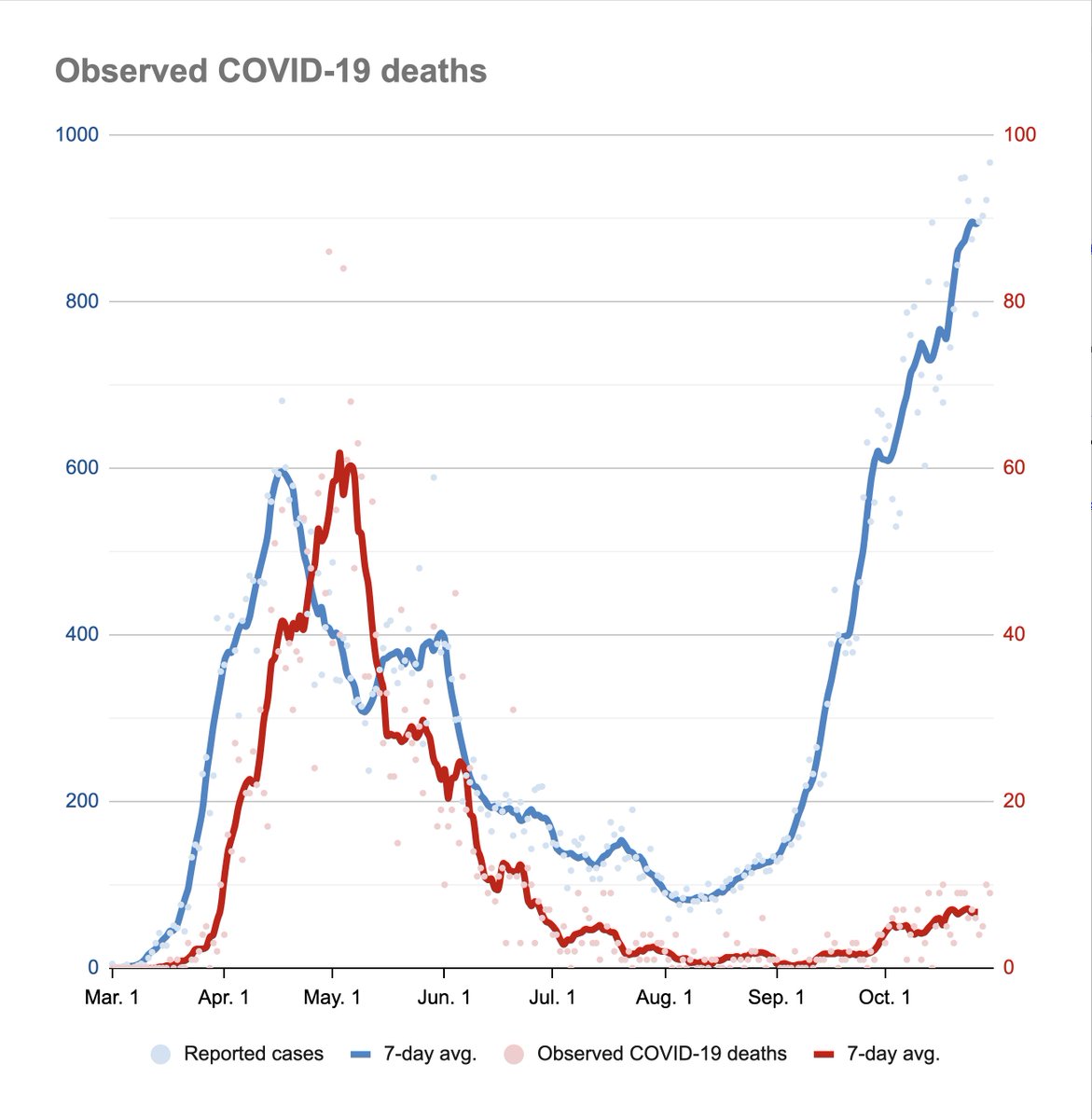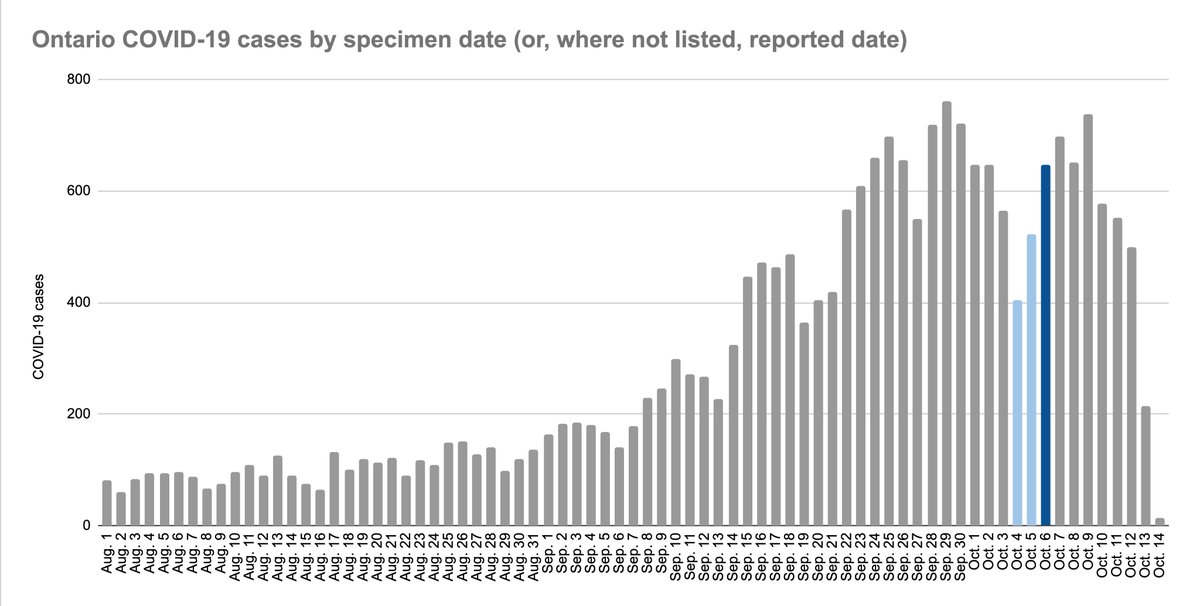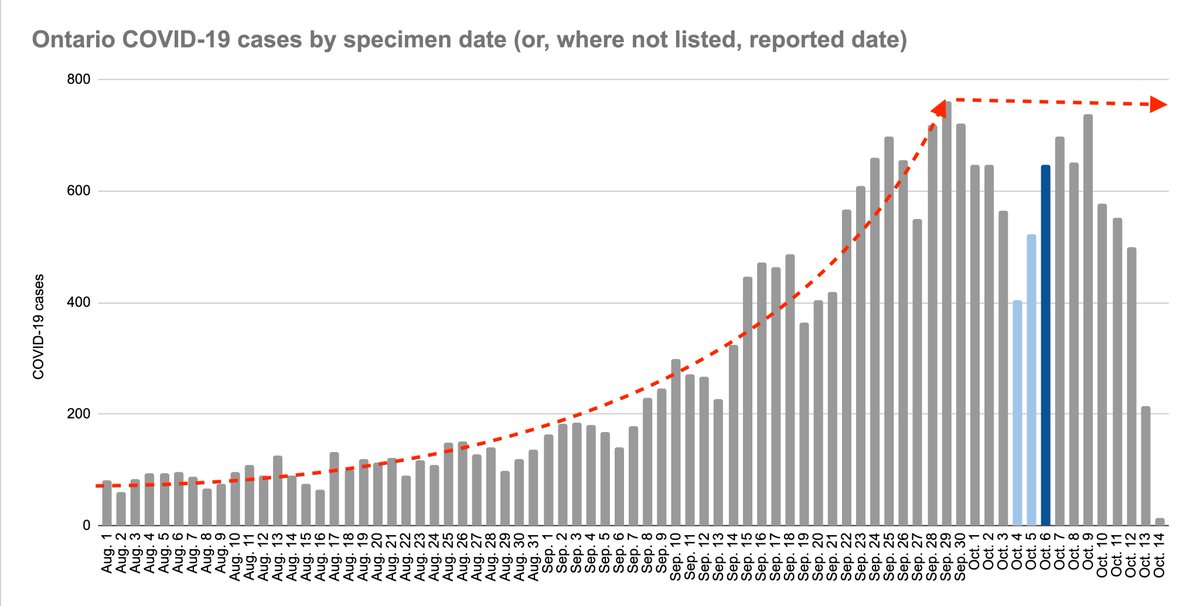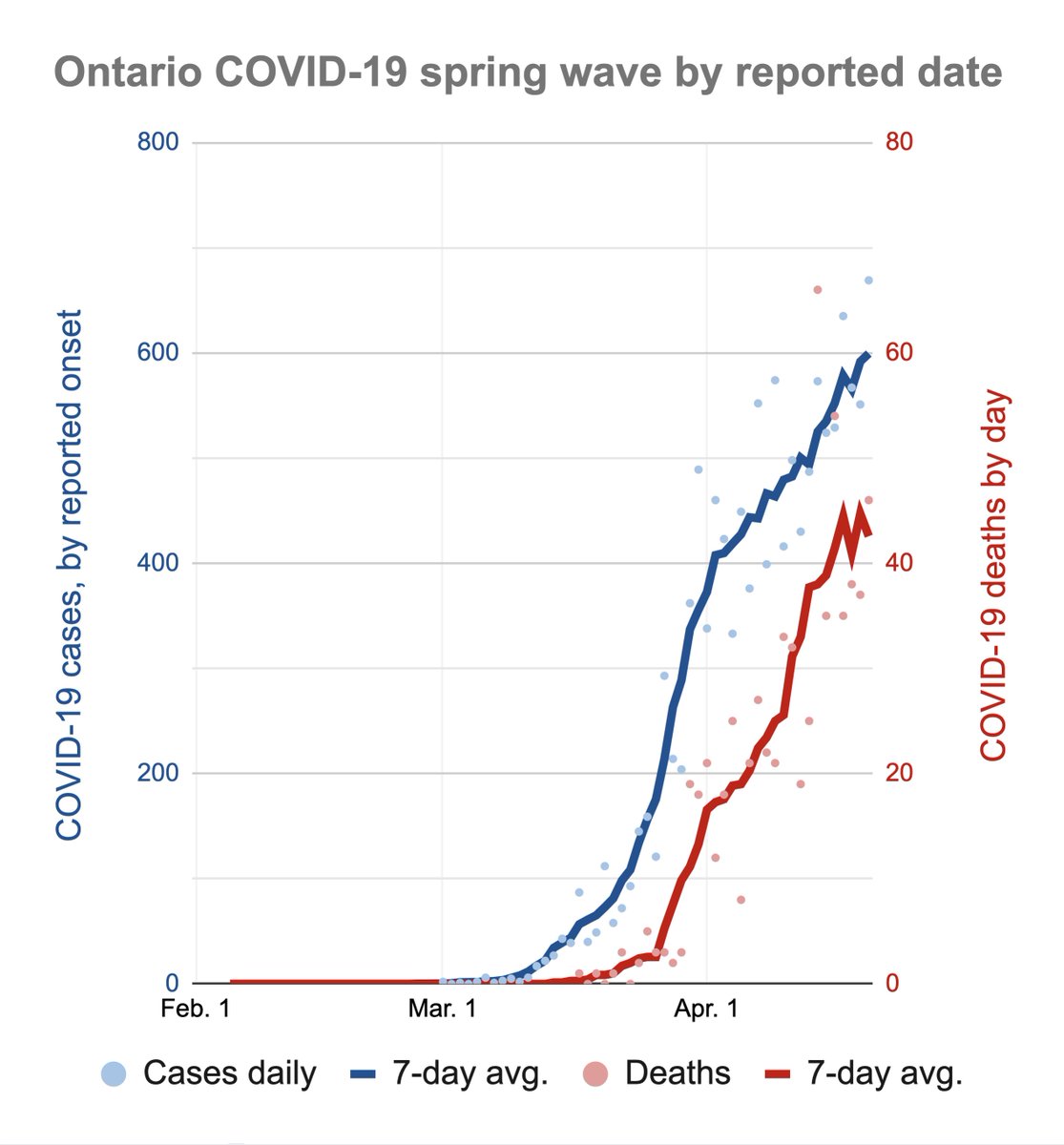
First, it was an emergency. They shut schools and the border was closed. But not at Pearson (and we went on March break.) They closed parks for the cherry blossoms. We lined up outside grocery stores. Then it was Stage 1, 2 and 3. Then it was “modified stage 2”. 


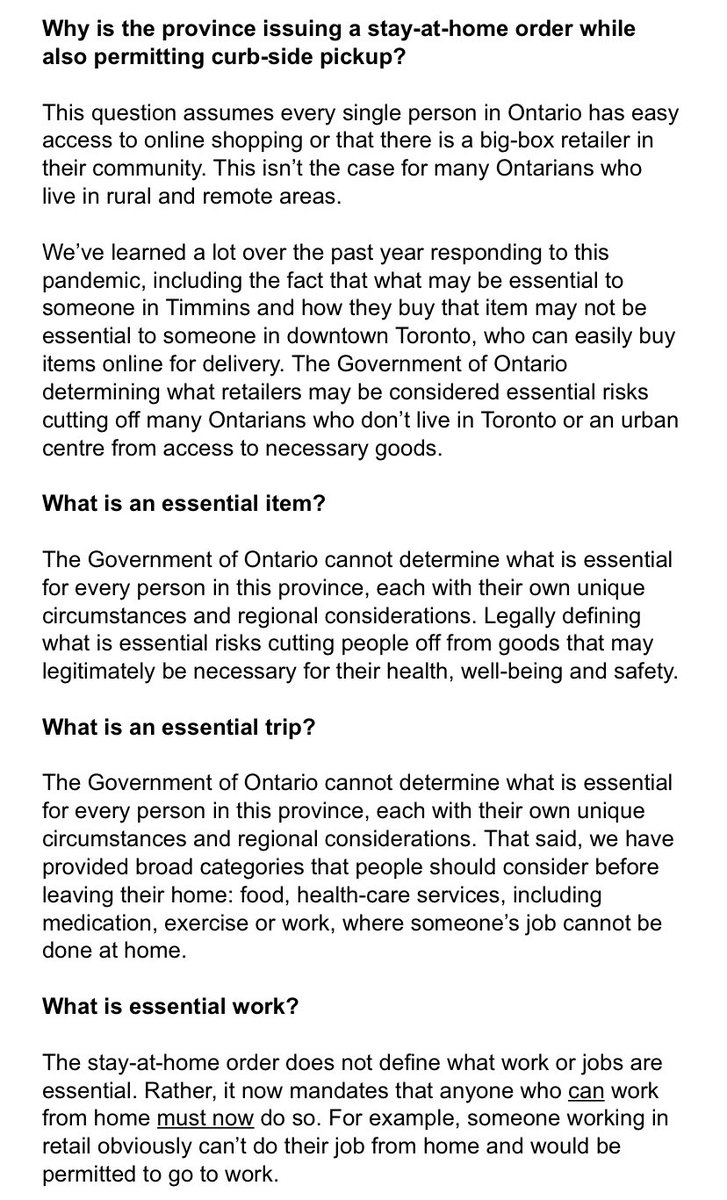
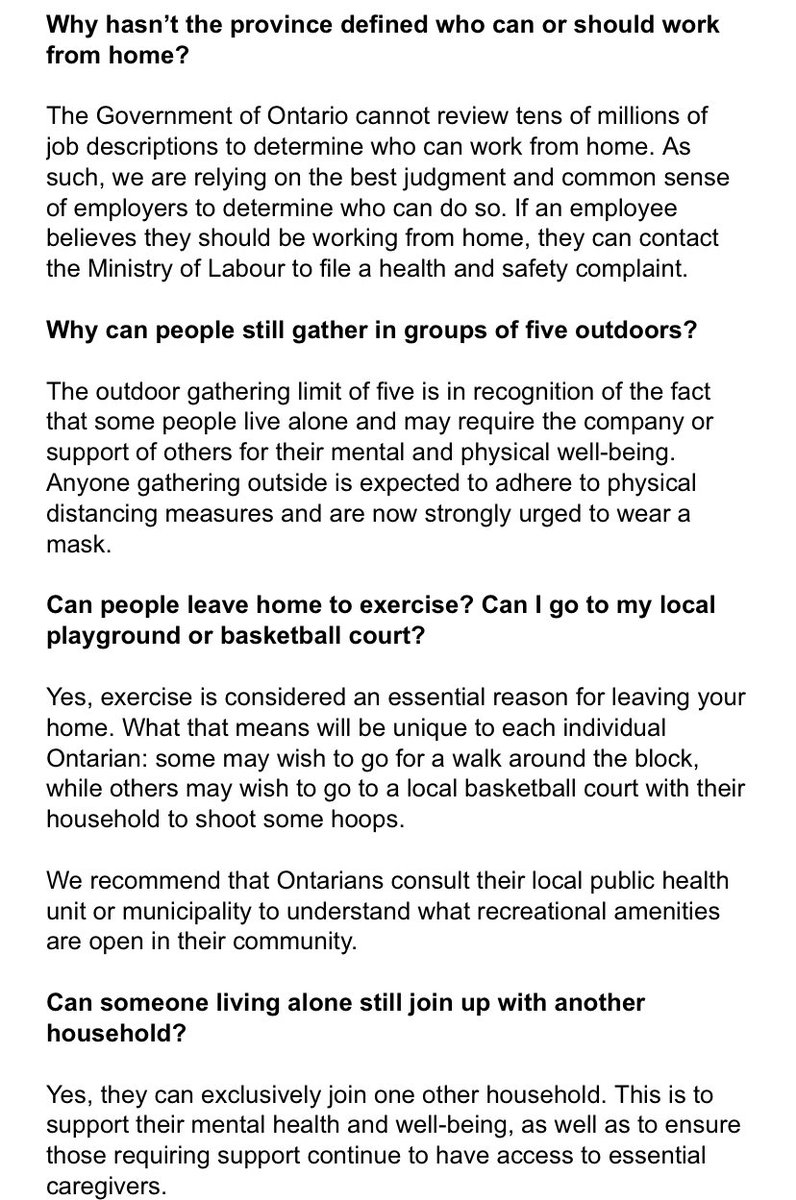
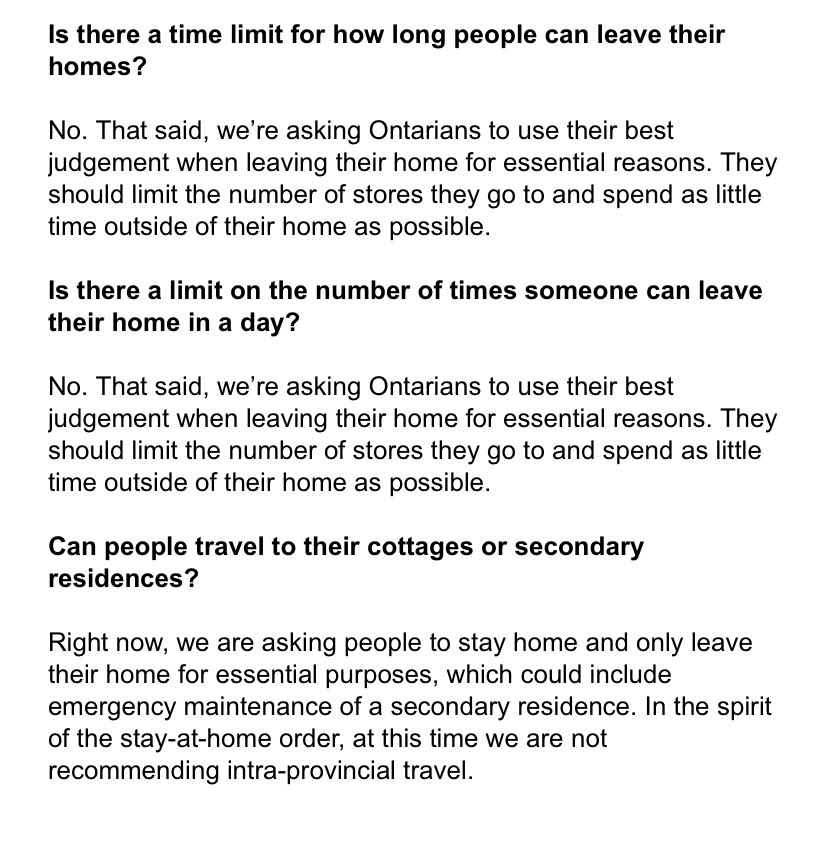
We were told not to dine indoors — but you still could. They said "everyone can get tested," then it was only a few of us. Then appointments only. We all had our bubbles. Then there was colour coding. Then they changed the colours. And grey was worse than red.
Then there was “grey +” which was also a “lockdown” (but for most of us only after Boxing Day). The border was still closed, but you could fly to Cancun. Still can. Our kids went to school during the lockdown, then they didn’t. They will again soon. Probably.
Now: A stay-at-home order; only leave for essential reasons or you get a ticket — maybe — but non-essential retail is open. Work from home or else go to work, whichever. No cottage, unless it's essential. Use your judgment.
We're done with stages. The bubbles aren’t a thing anymore. The colours are... still.... a thing?
I think.
I think.
• • •
Missing some Tweet in this thread? You can try to
force a refresh


